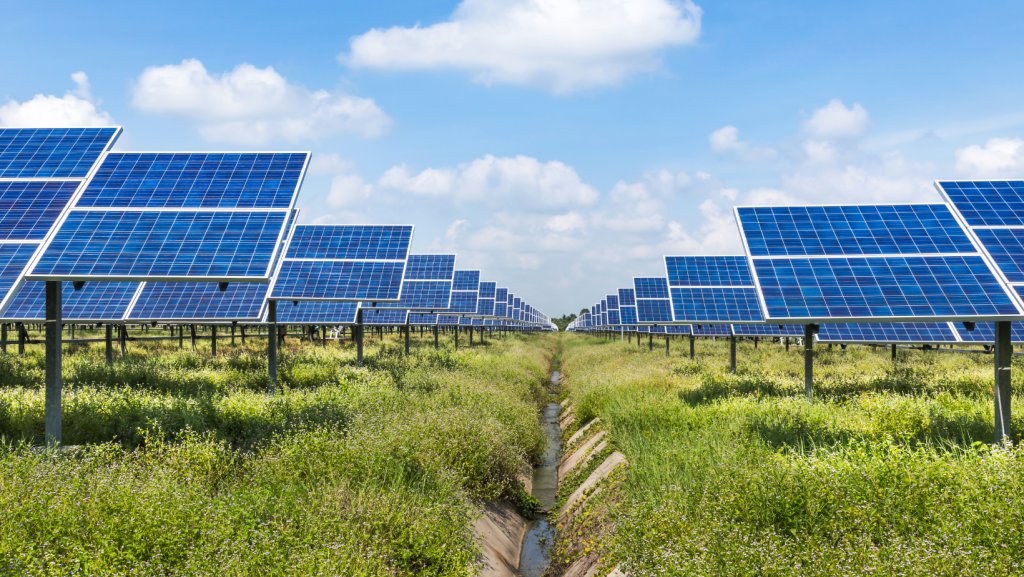In 2023, the Public Service Commission of Wisconsin approved six new solar farms totaling 1.3 gigawatts. That’s about twice the amount approved the prior year. This puts our state on pace to achieve net-zero emissions across our economy by mid-century. Solar energy is a highly efficient, profitable, made-in-Wisconsin product that contributes to a clean and healthy environment.
Much of this new solar is being placed on farmland. While we often equate farmland with food, our farms also help produce non-food products, including ethanol. Clean Wisconsin’s research shows that, acre for acre, solar farms produce 100 times more energy than corn grown for ethanol. In fact, if we put solar on just one-third of the million acres used to grow corn for ethanol in Wisconsin today, we could meet all our solar demand for a net-zero economy and free up more land to grow food.
For Wisconsin’s rural communities, solar offers real economic opportunity. Solar leases give family farms stable, long-term income in an otherwise uncertain profession, helping diversify land use and keep families on the land. Per state law, the owners of large projects must also pay local host governments $4,000 per megawatt every year. For a 300 megawatt, project, that’s over $1 million every year for at least 20 years that can help small communities meet urgent needs like investing in school buildings, repairing roads, and buying emergency response equipment.
In addition to providing a critical financial boost to local communities, solar also contributes to our state’s vibrant economy. Right now, Wisconsin sends $12 billion out of state every year to import fossil fuels. By capitalizing on a clean, renewable resource that shines down on the Badger State, we can keep more of those dollars here and reinvest them in our communities. Homegrown solar energy helps us become more energy independent and resilient.
And believe it or not, the benefits of solar aren’t just about energy. Solar farms with perennial groundcover allow heavily cultivated land to rest, providing a break from the pesticide and fertilizer use that comes with conventional agriculture. Clean Wisconsin’s research shows that solar farms with native grasses and flowers planted among the panels improve water quality, provide habitat for pollinators, and regenerate soil health.
The growth of solar is energizing rural Wisconsin in every way. This homegrown product is not only putting our state on track to meet clean energy goals, but it’s also helping to keep hardworking communities – from the farm fields to Main Street – healthy and strong. With more solar in the mix, the future of Wisconsin’s rural communities looks bright.

